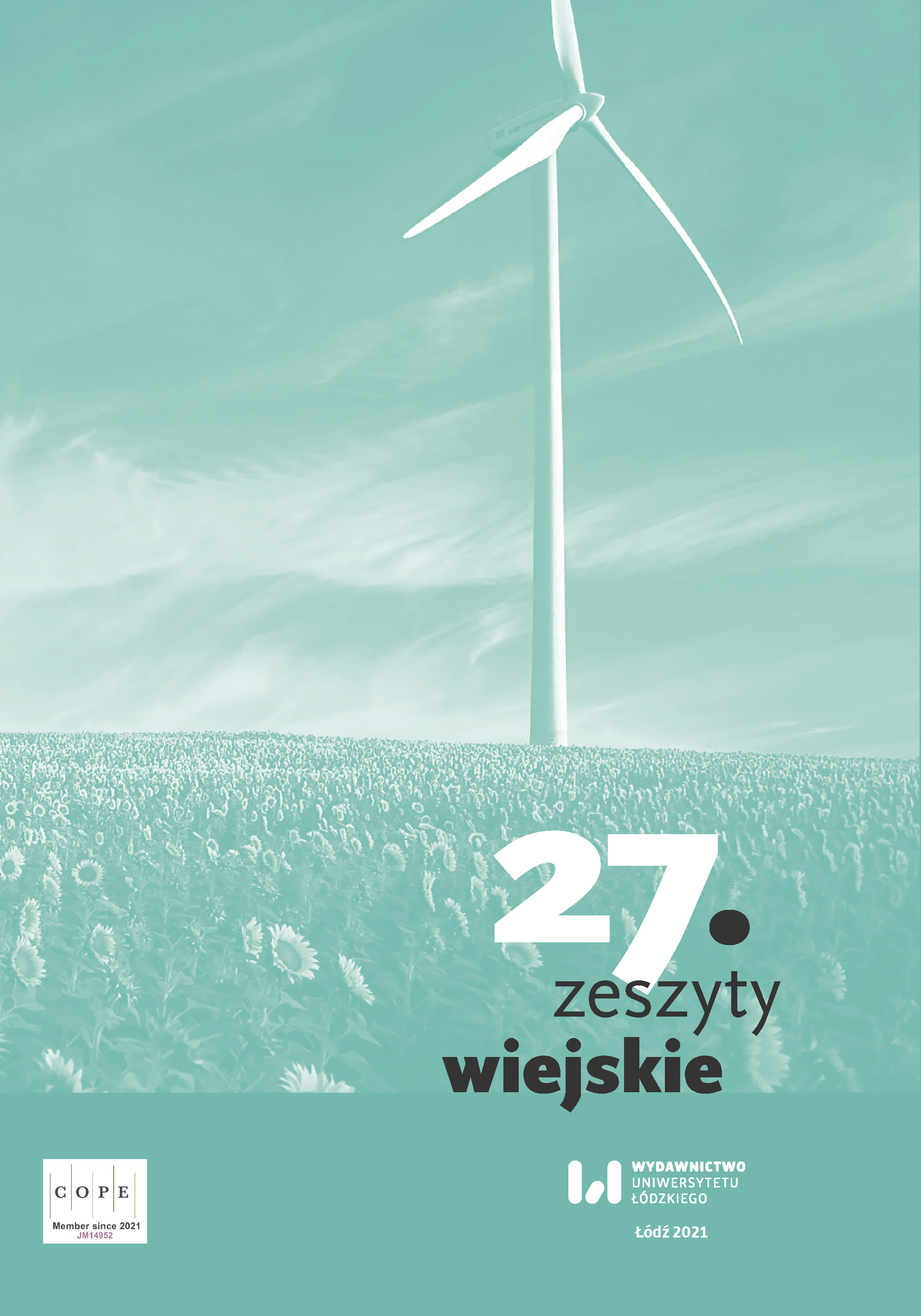Ruch ludowy w Drugiej Rzeczypospolitej na kartach wybranych szkolnych podręczników do nauczania historii. Casus opracowań dla klas pierwszych szkół ponadgimnazjalnych
Peasant movement in the Second Republic of Poland on the pages of selected school history textbooks. A case of studies for the first grades of upper secondary schools
Author(s): Marek BiałokurSubject(s): History, Economy, Education
Published by: Wydawnictwo Uniwersytetu Łódzkiego
Keywords: The Second Republic of Poland; the peasant movement; school textbooks
Summary/Abstract: The purpose of this article is to present the peasant movement in the Second Polish Republic in contemporary school history textbooks. On the basis of textbooks, students can learn that the peasant movement arose in Galicia in the late nineteenth century. In the Second Polish Republic there were a few parties named Polish People’s Party. For many years the main party was Polish Peasant party ,,Piast”. After Poland regained independence in 1918, it formed a part of several governments, most notably after the Lanckorona Pact and in the Chjeno-Piast coalition. Its major politicians included Wincenty Witos and Maciej Rataj. The second largest party, about which there is a lot of information in the analyzed textbooks was Polish Peasant Party ,,Wyzwolenie” which was formed in 1915. In comparison to Polish People’s Party ,,Piast”, it was a left-wing party. PSL ,,Wyzwolenie” supported the May Coup in 1926, but soon afterwards distanced itself from Sanation and joined the opposition. In 1931 it merged with several other parties forming the People’s Party. In 1931 it was created from the merger of three other, smaller, peasant-based parties: centre-right ,,Piast”, centre-left ,,Wyzwolenie” and left wing Peasant Party. The image of the peasant movement on the pages of school textbooks is multidimensional and allows pupils to get to know its main representatives and the political program.
Journal: Zeszyty Wiejskie
- Issue Year: 2021
- Issue No: 27
- Page Range: 103-129
- Page Count: 27
- Language: Polish

